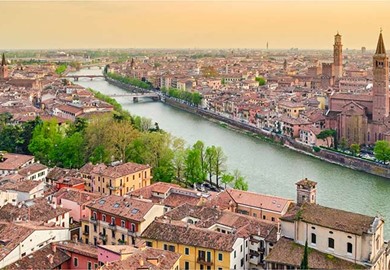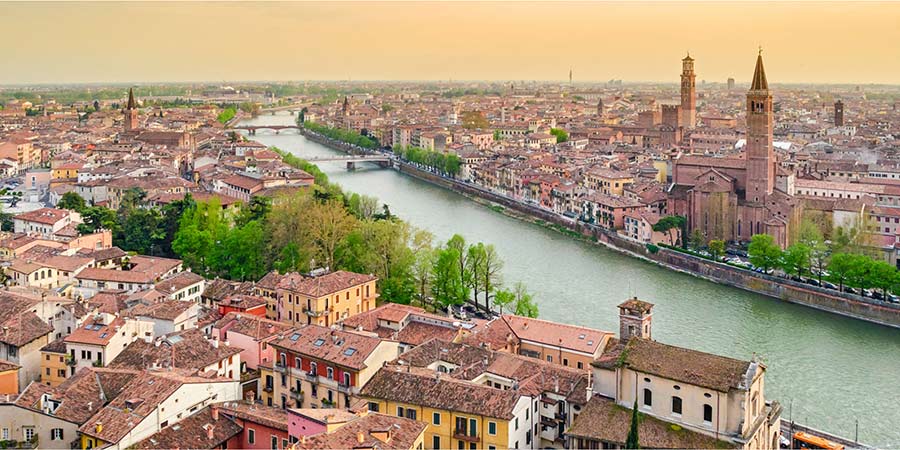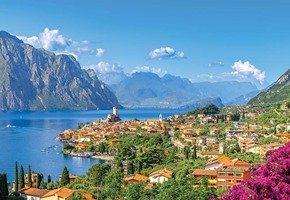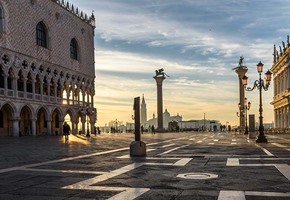Sanctuary of Our Lady of Mount Carmel
Dating from 1460 and consecrated in 1482, the Church and
Sanctuary of Our Lady of Mount Carmel in San Felice de Benaco is a
building of architectural beauty in the Romanesque and Gothic
styles typical of the region. The Sanctuary is unmissable for its
remarkable fifteenth and sixteenth century frescoes and for an
outstanding sculpture of the Madonna.
Isola del Garda
Lake Garda's largest island is situated just 220 metres into the
lake from the cape on which San Felice de Benaco and Portese are
located. An unmissable destination, the historic Isola del Garda
has, over the centuries, served as a Roman burial ground, a hideout
for pirates, site of a Franciscan monastery and a retreat for
Italy's aristocracy.
Portese Castle
Portese's castle dates from the early medieval period and was
constructed to defend the region from invading Barbarians. Situated
adjacent to the village's library, the ruins of a single circular
tower are all that remains of this ancient structure.
Rotingo Palace
The beautiful eighteenth-century Palazzo Rotingoin San Felice de
Benaco has served as the village's Town Hall since 1993 and
features exquisitely carved wooden ceilings, decorative coats of
arms and historic frescoes.








